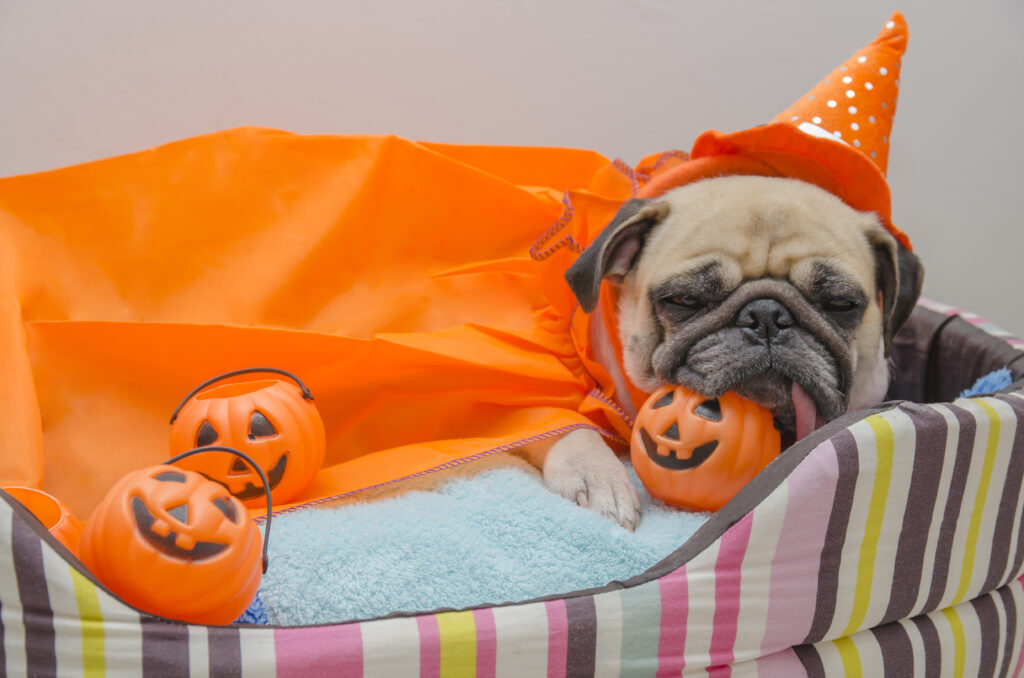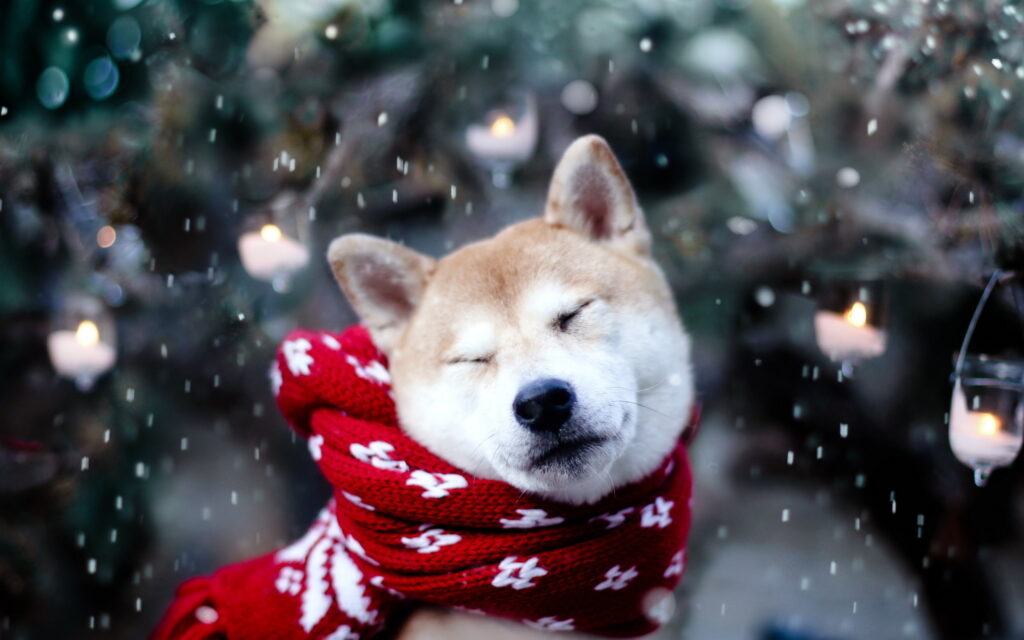Grooming your pet can be a positive bonding experience. But sometimes the process can be stressful and even a little painful for your pup.
Fortunately, there are some simple things you can do to keep grooming sessions stress-free for you and your dog. Using these tips will ensure you get the most out of your dog’s appointment and help them feel calm and relaxed.

Bathing
Bathing your dog is a vital part of regular dog grooming and can help to keep them clean, healthy, and comfortable. However, it is important to remember that too many baths can have negative effects on the skin and coat of your pet, so ensuring you only give them a bath when needed is essential.
The most common reason for bathing a dog is to remove unpleasant odors or because they have accumulated dirt or mud on their coat. However, this is not always necessary, so it is best to check with your vet before you start bathing your dog.
If your dog is uncomfortable or nervous about a bath, make sure you use positive associations to get them to enjoy the experience. You can do this by offering treats and affection while you are washing them.
You can also try to give them a bath when they are tired or after a walk, which can make it more likely that they will enjoy the process. As with most new things, this will take time and patience.
When it comes to bathing your dog, it is essential to choose a quality dog shampoo and a light conditioner that do not strip the natural oils from your dog’s coat. You can find these in veterinary shops, pet supply stores, and online.
Next, you will need to have all of the tools and equipment you need ready for your dog’s bath. This includes a bathtub (if you have one), shampoo and conditioner, a towel, a water sprayer or pitcher, and cotton balls.
Ensure your bathtub is at an appropriate temperature for your dog’s sensitive skin. If the water is too hot, it can cause your dog’s skin to become dry.
After getting the right temperature of the water, start bathing your dog from its rear end to its head. This will allow you to avoid getting soap or water in your ears, nose, and eyes.
Once your dog is completely wet, gently lather up their coat using the shampoo. This will help to remove any loose hair and tangles that they may have.
Brushing
Brushing your dog’s coat regularly is vital to their well-being and can even help reduce the frequency of bathing by removing dead hair, mats, and loose hair. It also distributes healthy natural skin oils, promotes a shiny coat, and helps dirt easily slide off your dog’s fur.
It’s also a good idea to brush your dog’s teeth, as this can prevent gingivitis and gum disease. This will also allow you to check your dog for any sores or wounds that may be a sign of an underlying health problem.
Using the right type of brush is important to make grooming sessions enjoyable for your pet. Avoid overbrushing, which can damage follicles and lead to dry, brittle coats.
There are four basic types of brushes: slicker, rake, bristle, and pin. Slicker brushes are best for removing tangles and are often used in conjunction with a comb to get at deeper areas, while rake brushes are used to loosen hair from the root and brush it out.
Brushes that have a wide range of different types of bristles are useful to ensure you cover all the areas of your dog’s coat. Slicker brushes are especially useful for longer-coated or double-coated breeds where the thicker, tangle-resistant hair needs a lot of brushing to loosen and remove it.
Slicker brushes can also be helpful for smooth, short-haired dogs where a comb or soft grooming glove might not be sufficient to remove knots and mats.
To brush your dog, start at their feet and gently lift a section of hair, then use the brush to stroke underneath it. Then work your way up their body, focusing on the area of highest hair growth.
Getting your dog used to being brushed will take time, so be patient and don’t rush it. If your dog becomes stressed or unhappy during this process, take a break and try again at a different time with extra positive reinforcement.
If you have a new puppy, it’s a good idea to slowly introduce them to being brushed and general handling in other parts of their body so they are comfortable with this behavior. You can do this using reward-based training by praising them for calm behavior and rewarding them with tasty dog treats whenever they allow general handling and when they remain quiet while you pat or hold them in certain areas.

Nail Trimming
Nail trimming is a crucial part of dog grooming that can make all the difference in your pet’s health and comfort. Too-long nails can curl under and cause your pup to suffer painful paws, which in turn can affect their movement and overall well-being.
Most dogs will hate the experience of having their paws handled, but with patience and some training, you can overcome this fear and get your pup to look forward to nail trims. The process is usually painless if you use gentle clippers and grinders, and you can even give your pup treats during the procedure to keep him happy.
To properly trim your dog’s nails, start by ensuring their paws are clean and free of dirt, debris, or injury. Once you’ve cleaned up their paws, place your thumb on the pad of the first toe and your forefinger on top of the toe, directly above the nail. Hold firmly, but gently.
Then, place your clipper at a 45-degree angle to the pad of the first toe and begin trimming, clipping only a small bit of nail at a time. Be sure to avoid the quick (the center of the nail that contains nerves and blood vessels), as this is an important part of the nail that can be damaged when cutting too much.
If you’re afraid of hurting your pet, you can always take them to a professional groomer for nail trimming and grinding. This is a great option because trained groomers have the tools to trim your pet’s nails correctly and safely, so they can do it quickly and painlessly for you.
Depending on your dog’s lifestyle and breed, they may need their nails trimmed every few weeks. A rambunctious, active dog will require more frequent clippings than an inactive breed of similar size and weight.
It can take up to a week for a puppy to get used to having their nails trimmed, so be patient and keep a positive attitude when you begin this process. Then, gradually work your way up to clipping two or three nails at a time and eventually an entire paw in one session.
Shaving
Keeping a dog’s hair short can help manage fleas and ticks. It can also help manage tangles and mats.
During the summer, long-haired dogs can become overheated because their coats don’t regulate their body temperatures as well as they should. Groomers can cut down the length of a dog’s coat with a light trim, which helps to keep pets cooler and more comfortable.
Shaving is a necessary part of the grooming process. However, it can be tricky and dangerous.
When shaving, it is important to be gentle and patient with a client’s dog. If the groomer is not careful, a client’s dog could suffer from a burn or nick.
If the dog is very small or has very sensitive skin, groomers may need to hire an assistant to help hold the dog still so that they can shave them properly. A groomer should never shave a dog’s anus or genitals because the area is very delicate and can easily get damaged.
For double-coated dogs, such as Samoyeds, Huskies, Border Collies, and German Shepherds, it is best to avoid shaving their coat entirely. This is because shaving can alter the way their hair grows and cause their top coat to not grow back normally.
In addition to the cosmetic issues, shaving can cause a dog’s coat to lose its ability to insulate them from the heat and can even increase the risk of hot spots and other skin infections.
Additionally, a dog’s coat can also make it difficult to see and eliminate fleas and ticks that may be present on the animal. It is therefore crucial to groom the pet regularly to keep them free of these annoyances.
Another reason to consider shaving a dog’s fur is that it can be beneficial for reducing the amount of hair on the dog’s belly and rear end, which can be very messy. This can also reduce the chance of parasites escaping from the dog’s belly and getting onto other parts of the body. In the summer, it is best to keep the hair on the belly and rear end of a dog short to prevent them from becoming matted or tangled. This is because a matted or tangled belly is painful for the dog, and it can also attract feces into the home.

